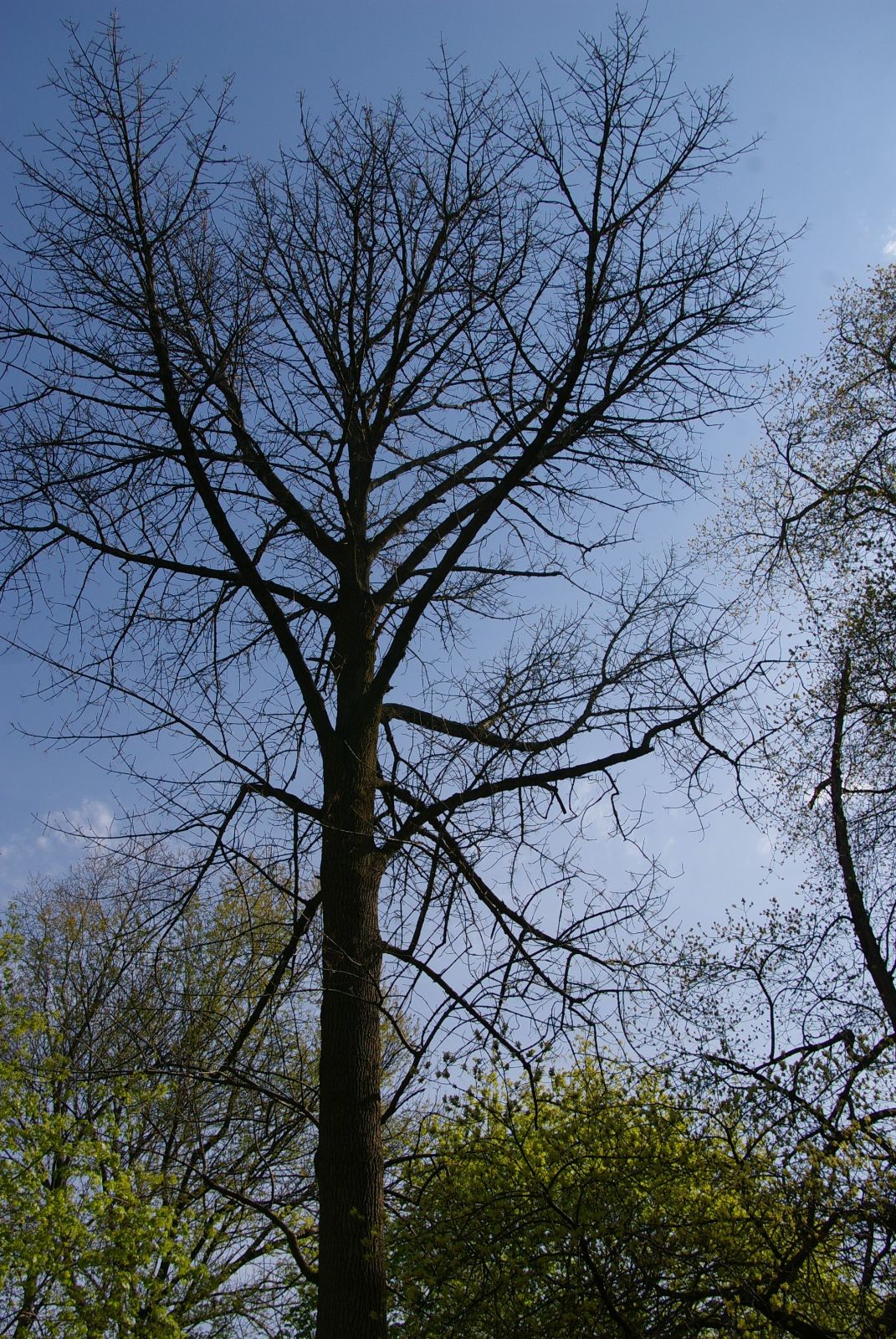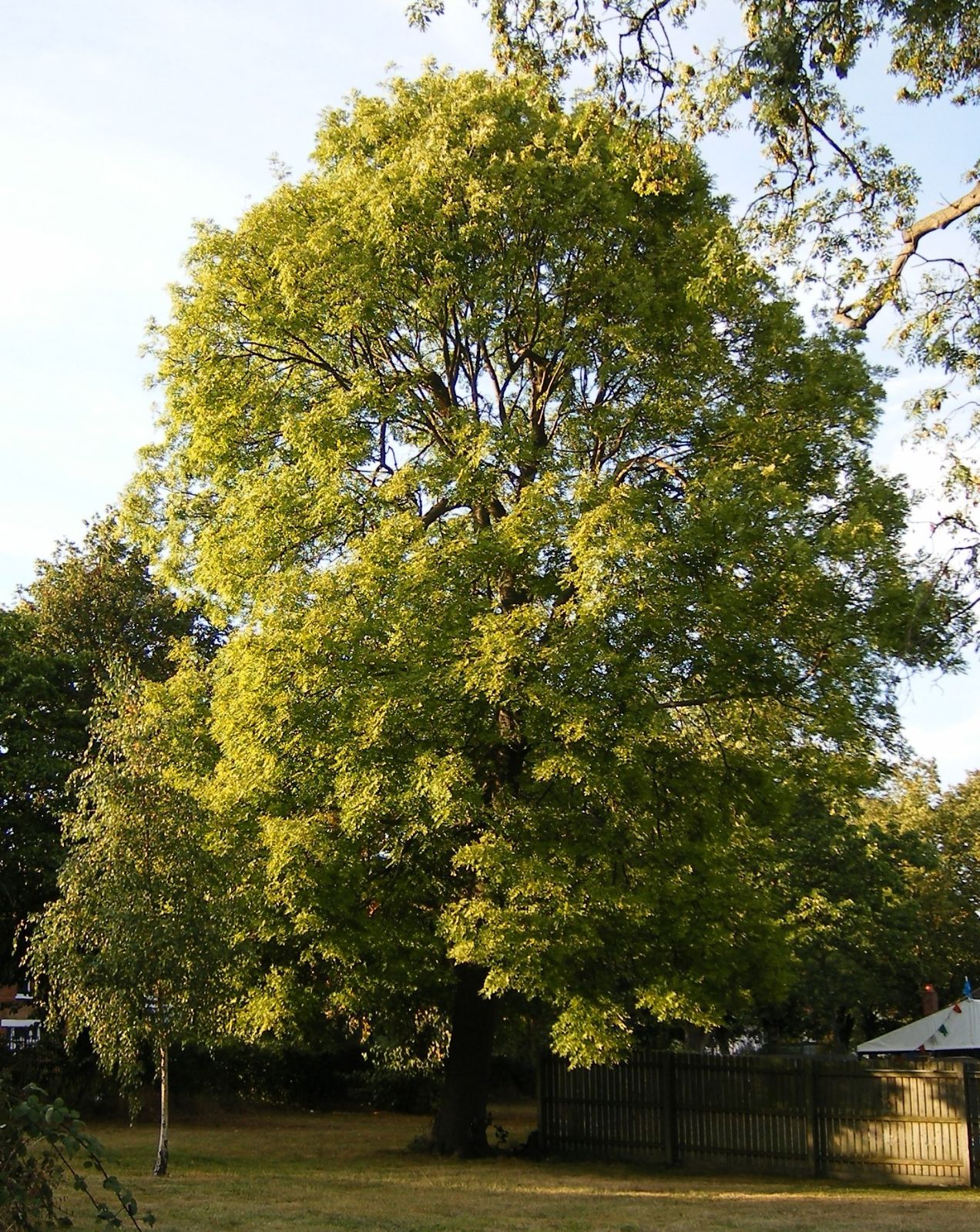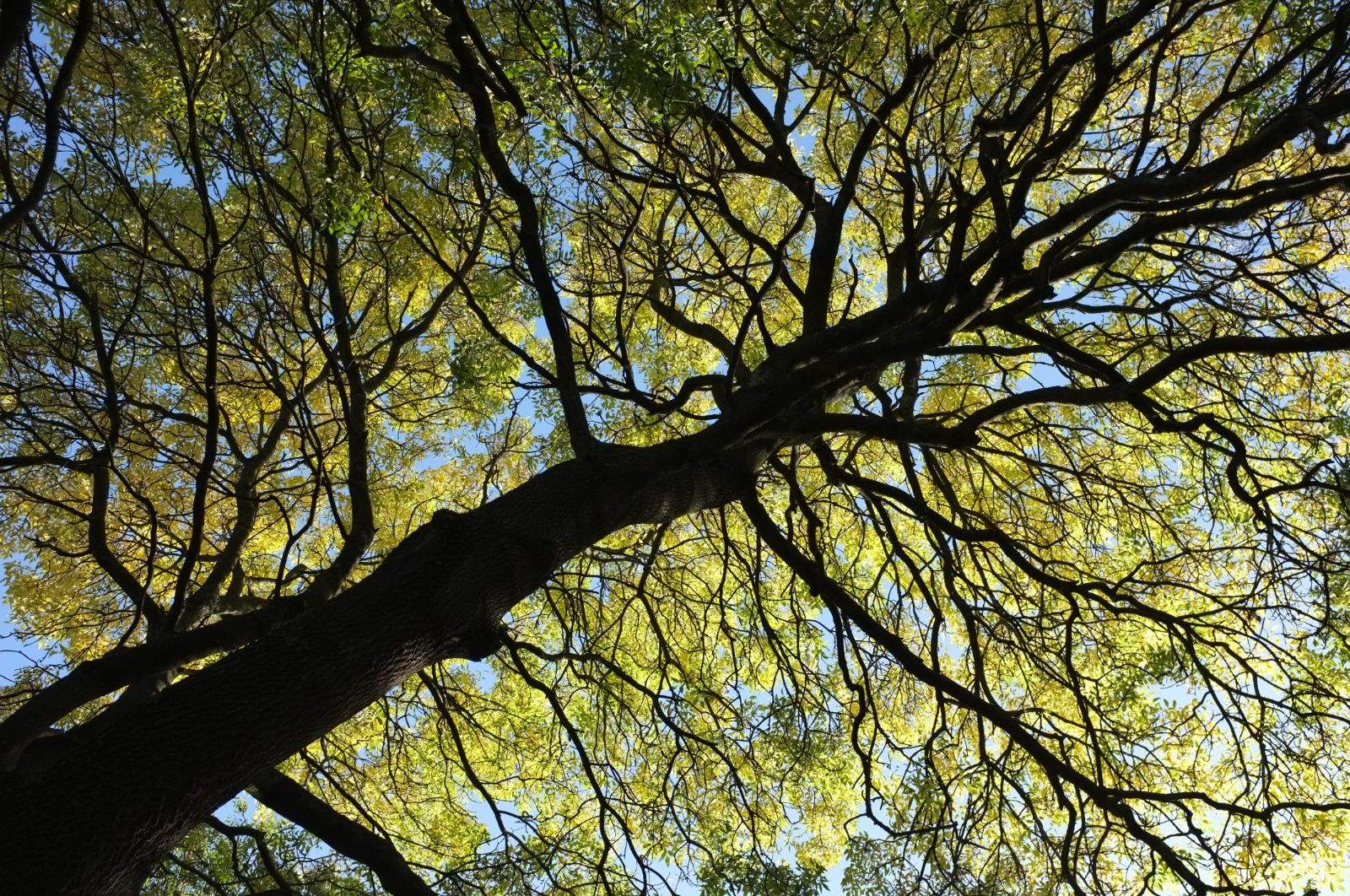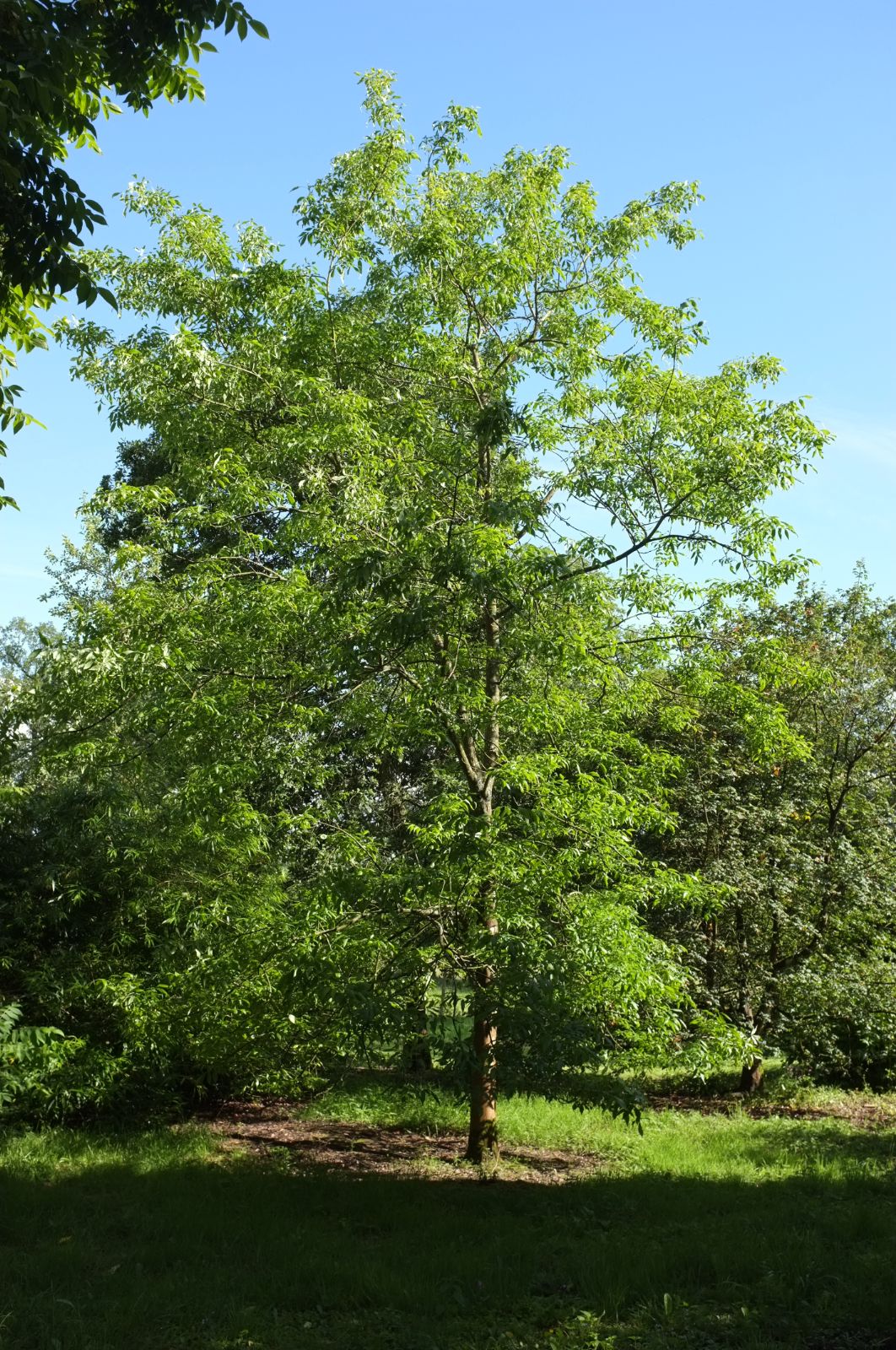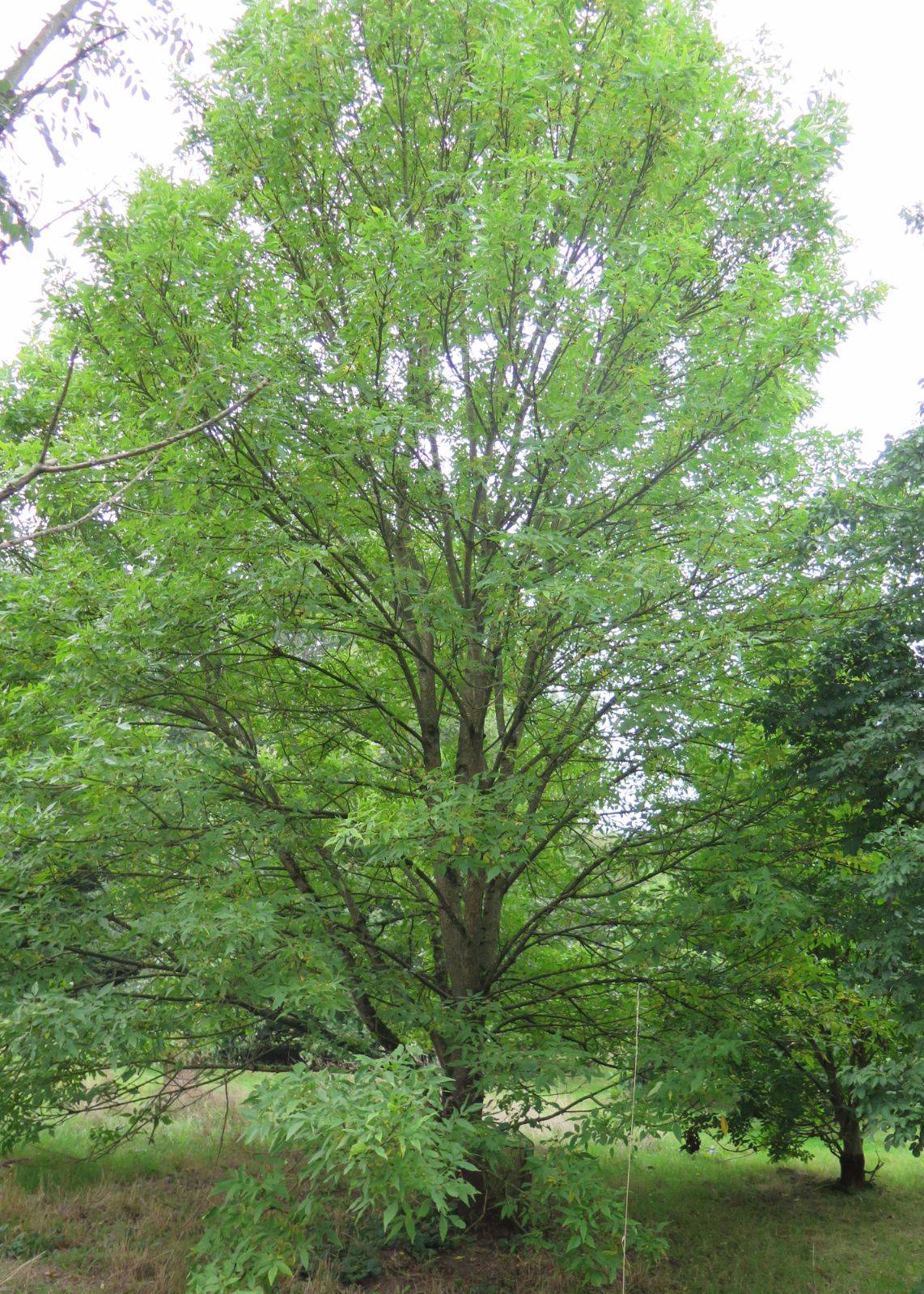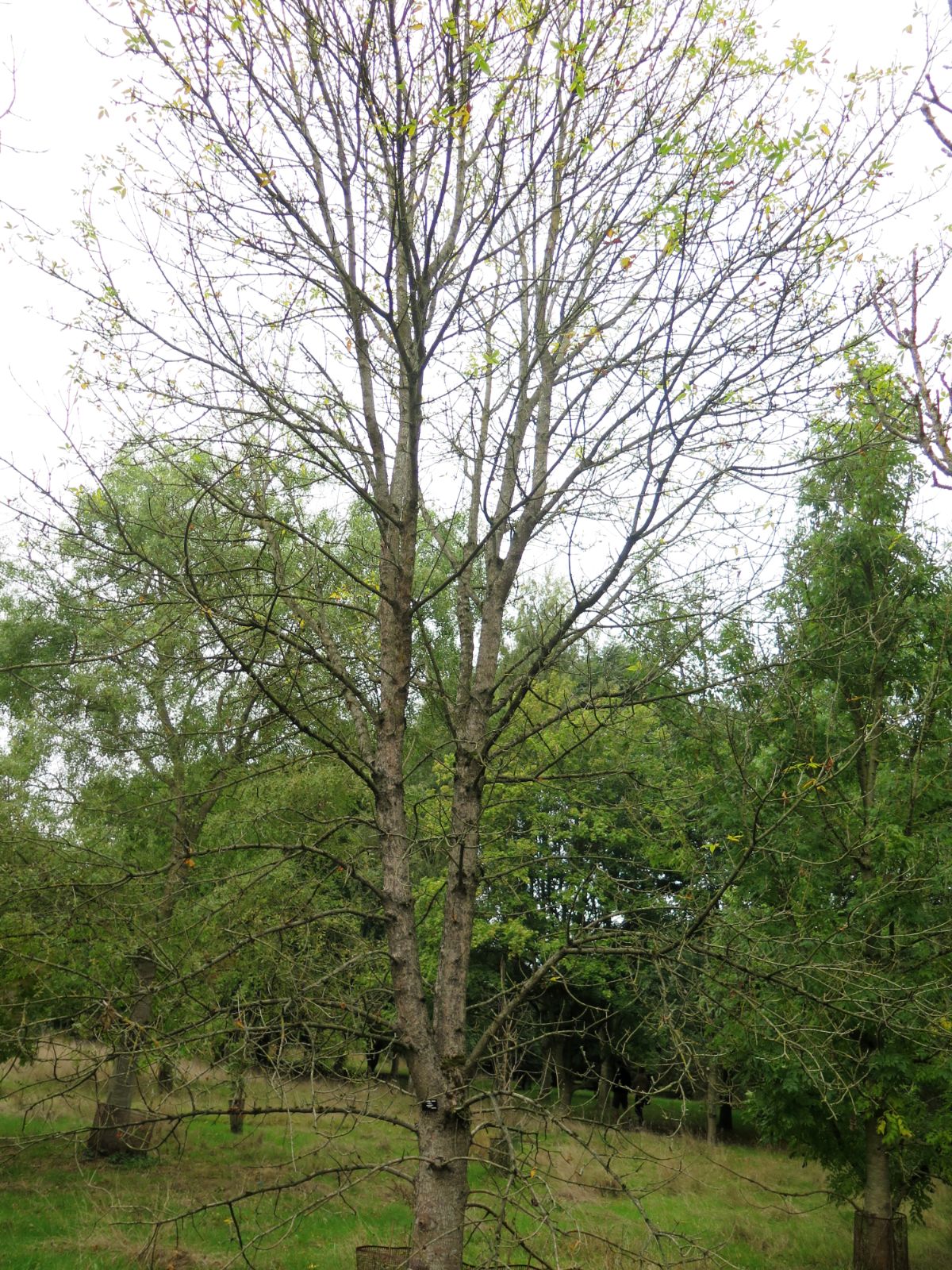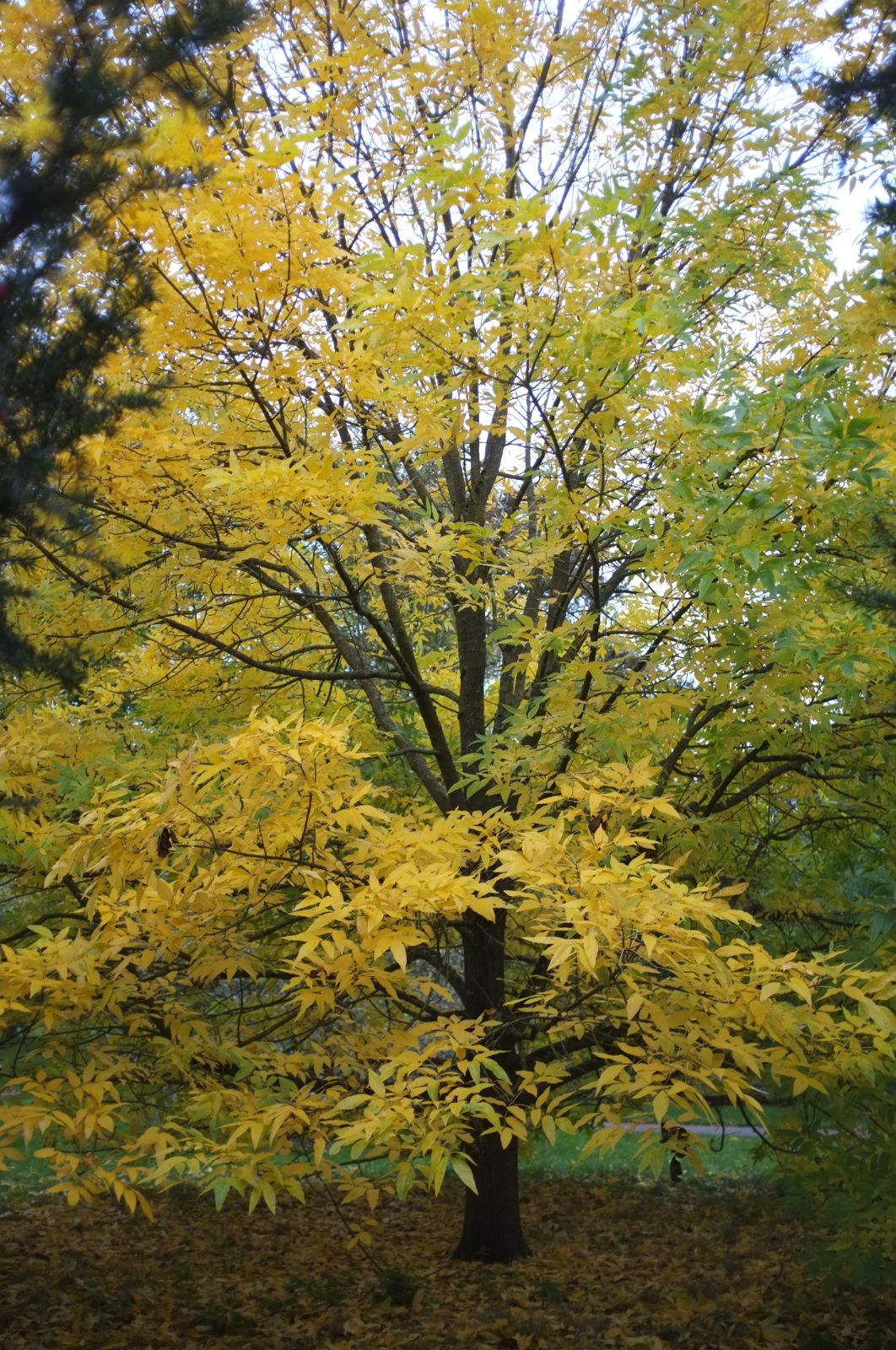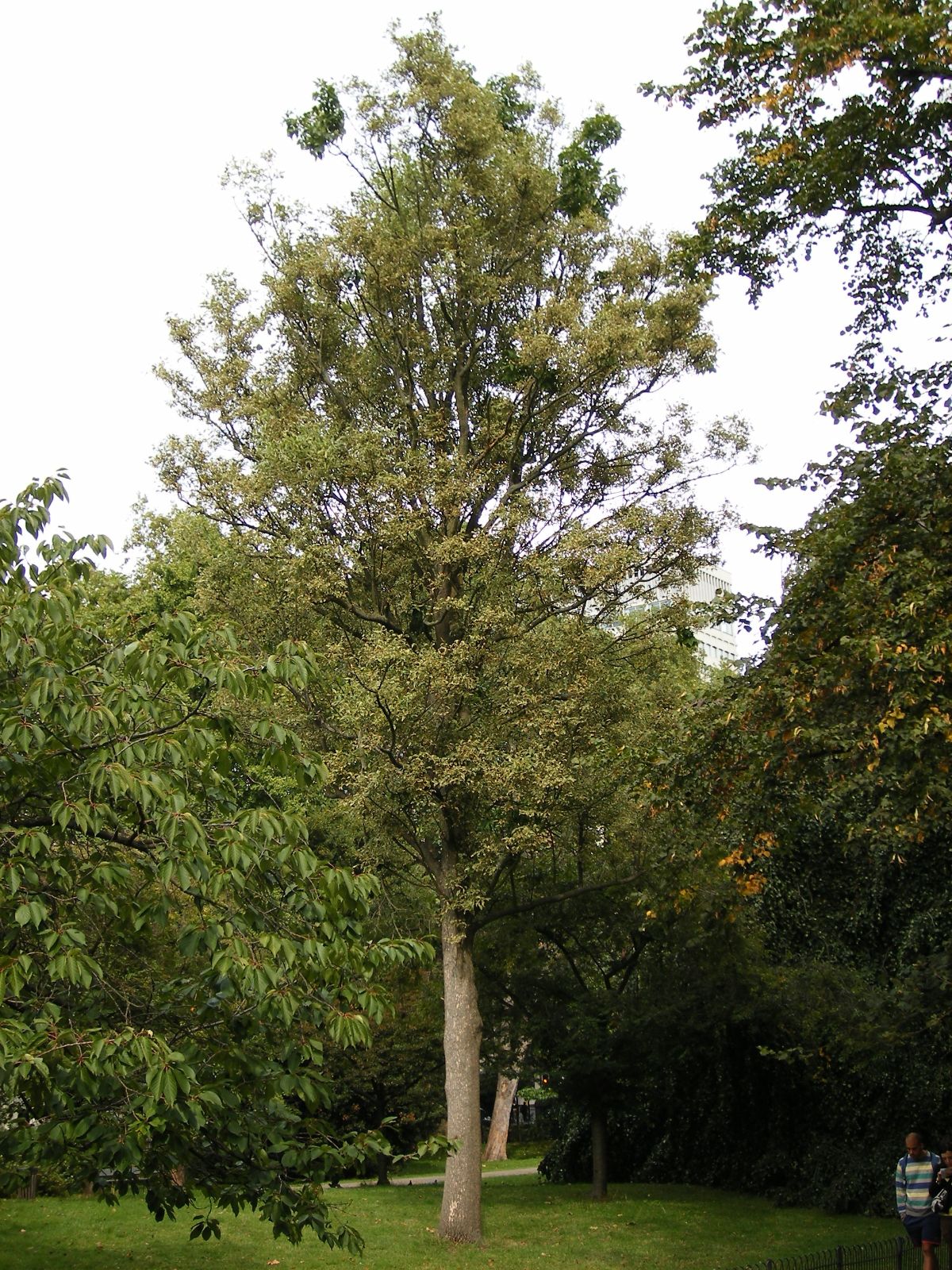Fraxinus pennsylvanica
Credits
Article from Bean's Trees and Shrubs Hardy in the British Isles
Recommended citation
'Fraxinus pennsylvanica' from the website Trees and Shrubs Online (treesandshrubsonline.
Infraspecifics
Other taxa in genus
- Fraxinus americana
- Fraxinus angustifolia
- Fraxinus anomala
- Fraxinus biltmoreana
- Fraxinus bungeana
- Fraxinus caroliniana
- Fraxinus chinensis
- Fraxinus cuspidata
- Fraxinus dipetala
- Fraxinus elonza
- Fraxinus excelsior
- Fraxinus floribunda
- Fraxinus griffithii
- Fraxinus holotricha
- Fraxinus lanuginosa
- Fraxinus latifolia
- Fraxinus longicuspis
- Fraxinus mandshurica
- Fraxinus mariesii
- Fraxinus nigra
- Fraxinus obliqua
- Fraxinus ornus
- Fraxinus oxycarpa
- Fraxinus pallisiae
- Fraxinus paxiana
- Fraxinus platypoda
- Fraxinus pubinervis
- Fraxinus quadrangulata
- Fraxinus rotundifolia
- Fraxinus sieboldiana
- Fraxinus sogdiana
- Fraxinus spaethiana
- Fraxinus syriaca
- Fraxinus texensis
- Fraxinus tomentosa
- Fraxinus 'Veltheimii'
- Fraxinus velutina
- Fraxinus xanthoxyloides
A tree 40 to 60 ft, sometimes more, high; bark as in the white ash, but less deeply furrowed; young shoots clothed more or less densely with a pale down. Leaves up to 1 ft long; leaflets seven or nine (occasionally five), oblong-lanceolate or narrowly oval, 3 to 6 in. long, 1 to 2 in. wide, broadly tapered at the base, long and slenderly pointed, rather obscurely toothed, or entire, especially at the lower half, dull green on both surfaces, and nearly or quite glabrous above, except along the sunken midrib which sometimes is downy, covered beneath with a pale down. The leaflets, especially the lower ones, are stalked, the stalks grooved and downy, as is also the common stalk. Male and female flowers occur on separate trees, and are produced on the old wood just below the new shoot. Fruits 1 to 2 in. long, rather variable in shape; wing extending half-way or more down the cylindrical body.
American foresters and many botanists no longer make a distinction between the red ash (i.e., typical F. pennsylvanica) and the following variety:
From the Supplement (Vol. V)
specimens: Kew, of several trees the largest is 92 × 71⁄2 ft (1979) and of var. subintegerrima, 68 × 61⁄2 ft (1980); Oxford Botanic Garden, 50 × 3 ft early this century, now 85 × 9 ft (1983).
'Aucubifolia'
Leaflets mottled with yellow. This garden variety in some of its characters is intermediate between the typical state of F. pennsylvanica and the var. subintegerrima; the leaves are far from being as downy as in the former, but the shoots are quite downy. A handsome variegated tree.
F berlandierana DC
This ash was described by De Candolle from specimens collected by Berlandier in Texas, and also occurs in Mexico. It is closely allied to F. pennsylvanica var. subintegerrima, differing in its smaller stature, thicker bark and smaller leaves with usually only five leaflets. As seen at Kew it was a pleasing small tree of free growth, with glossy, deep green leaflets, but is not now in the collection.var. subintegerrima (Vahl) Fern.
Synonyms
F. lanceolata Borkh.
F. pennsylvanica var. lanceolata (Borkh.) Sarg

